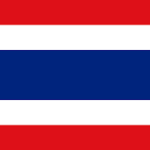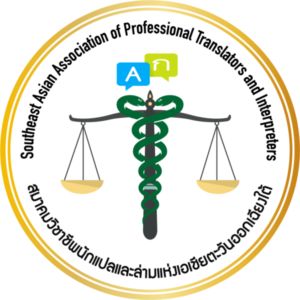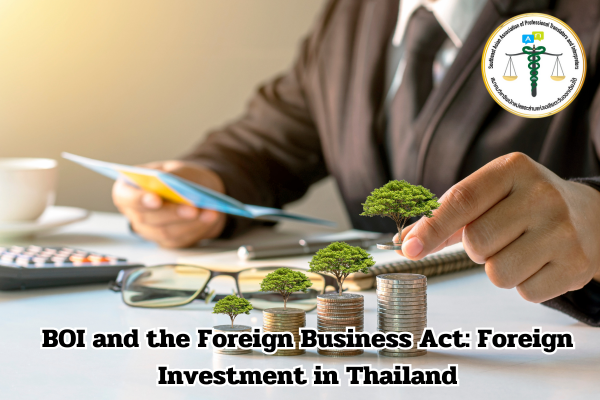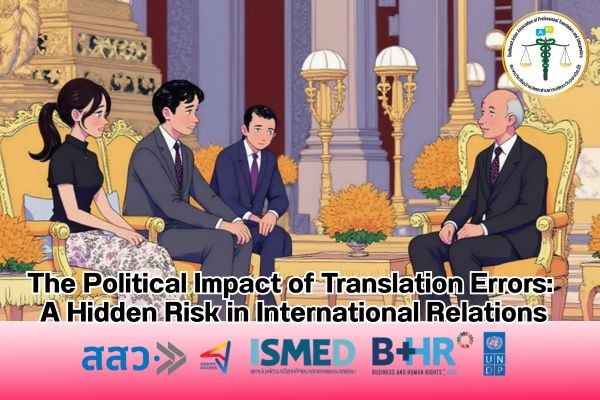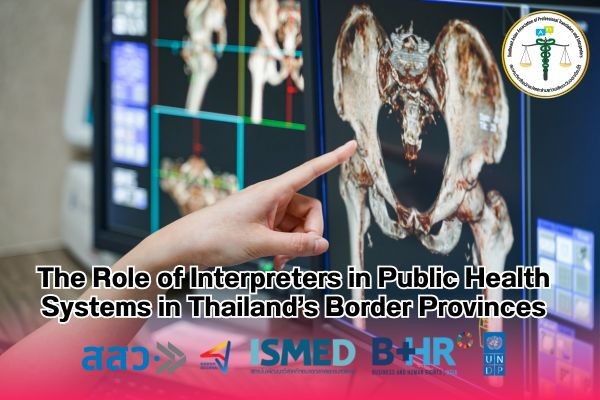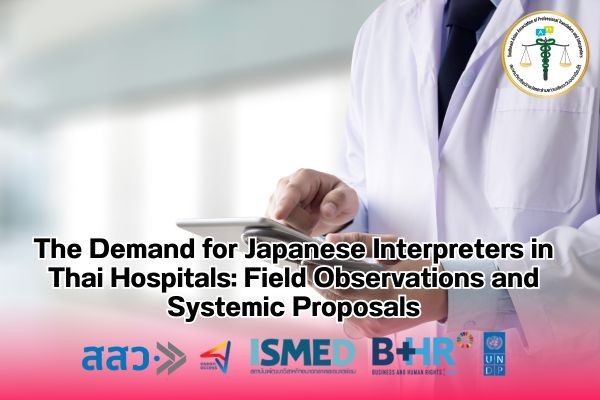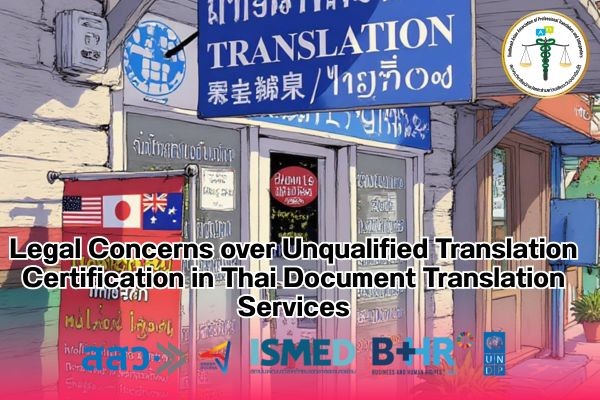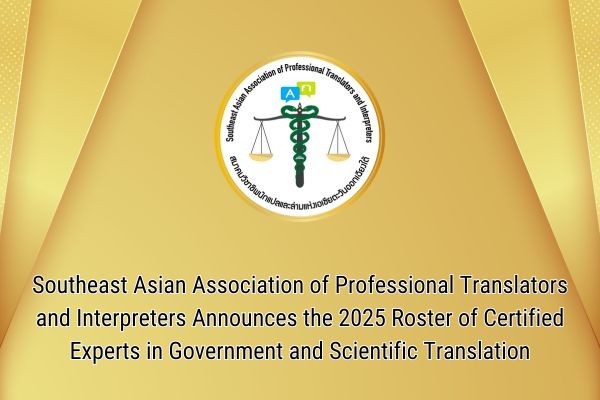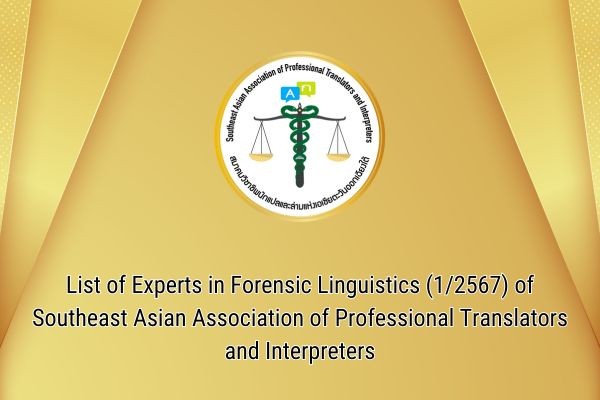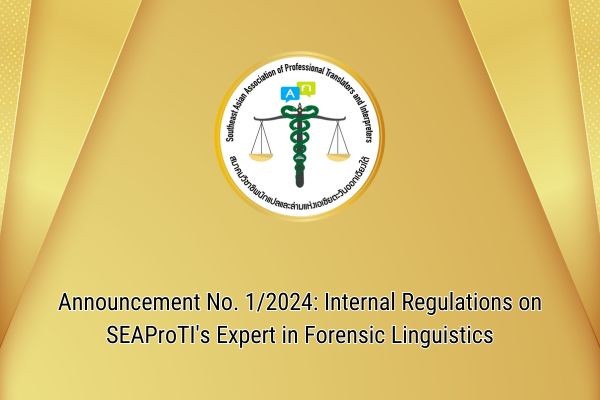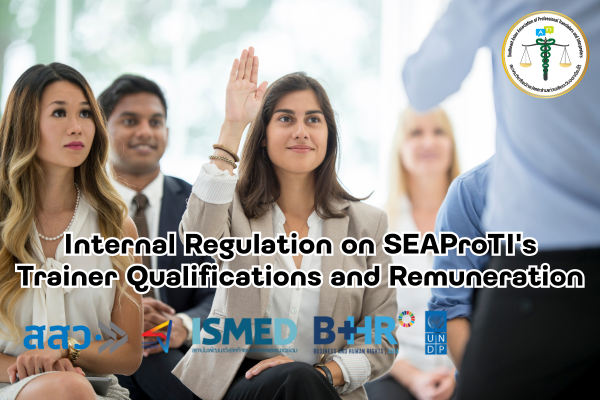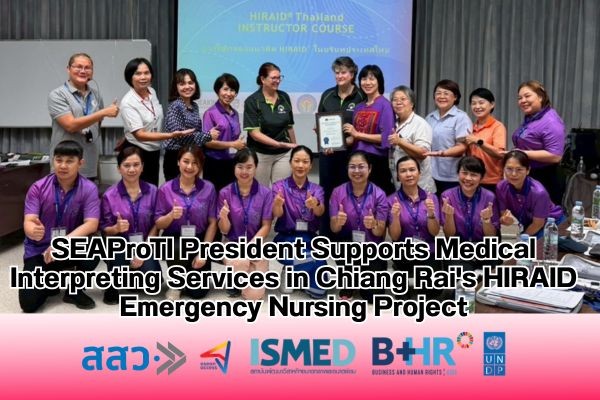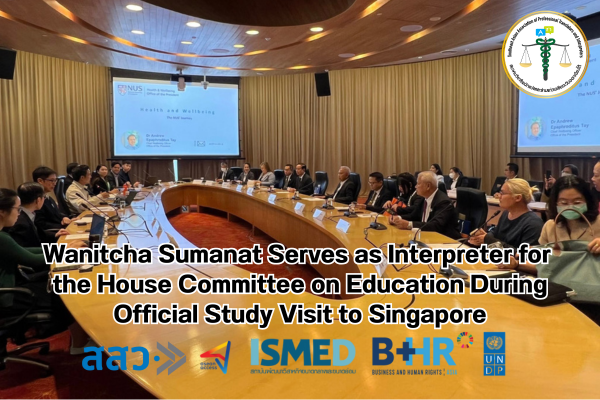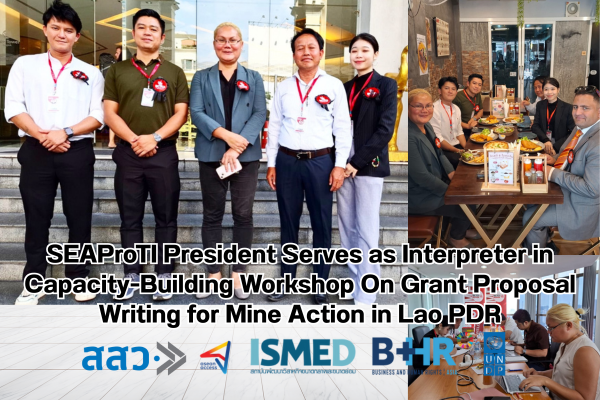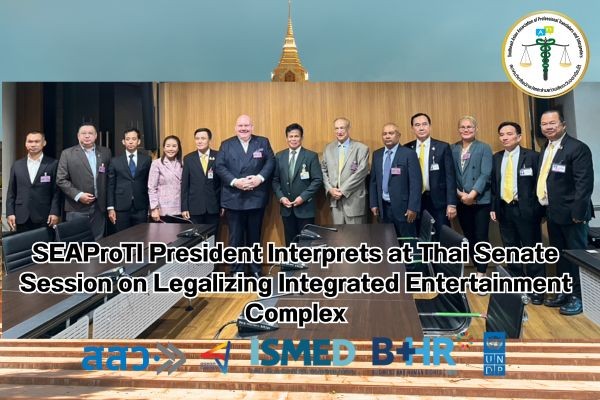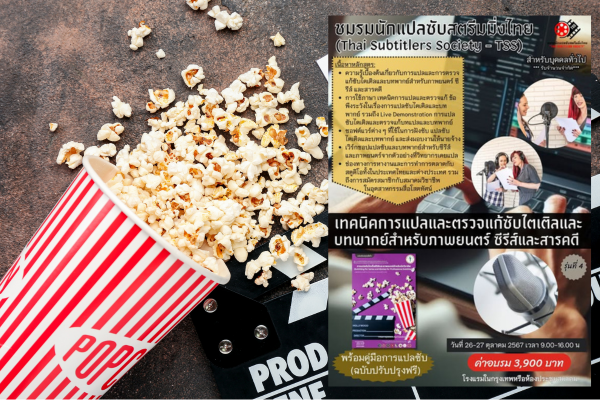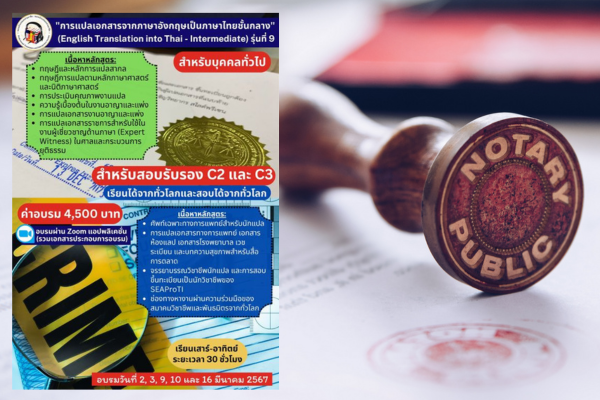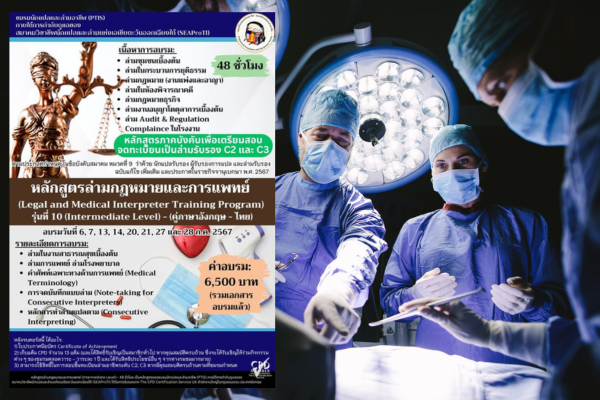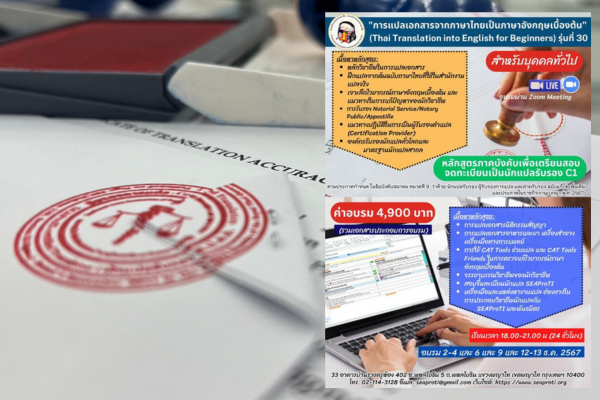Filing a Patent Application in Thailand for U.S. Companies
24 January 2025, Bangkok – Thailand is an emerging hub for intellectual property, attracting many U.S. companies looking to secure patents in this dynamic Southeast Asian market. While the process of applying for a patent in Thailand offers valuable protection for innovations, navigating the country’s regulations requires a clear understanding of the legal framework, particularly for foreign entities.
Filing a Patent Application in Thailand After Filing in the U.S.
If your invention originates in the United States, you are required to file a patent application in the U.S. first. This can be done through a provisional application, a non-provisional application, or via the Patent Cooperation Treaty (PCT).
For those planning to file a patent application in Thailand, filing a provisional application in the U.S. may prolong the process, as you will need to submit a non-provisional application before proceeding in Thailand.
If you intend to file for patent protection in multiple countries, including Thailand, the PCT application is often the most efficient option. It allows you to designate Thailand and other member countries for patent protection. When the application reaches the National Stage in Thailand, you will need a local representative registered with the Department of Intellectual Property (DIP) in Thailand.
However, if you are only seeking patent protection in the U.S. and Thailand, filing a non-provisional application in the U.S. and claiming the priority date of that application when filing in Thailand may expedite the process and reduce government fees.
Required Information and Documents for Patent Applications in Thailand
The process for filing a patent application in Thailand is similar to that in the U.S., but it comes with specific requirements:
- Name and address of the applicant, and place of incorporation.
- Name, address, and citizenship of the inventor(s).
- Title and abstract of the invention.
- Complete specification and claims.
- Formal drawings that adhere to legal standards.
- Thai translation of the entire specification.
- Declaration of the inventor (no notarization required).
- Certified priority document (if applicable) to be submitted within 90 days, including the priority number and country of origin.
- Deed of Assignment (if the applicant is not the inventor).
- Power of Attorney, notarized by a notary public, to be filed within 90 days.
Filing a Patent Application in Thailand Without Filing in the U.S.
If you are not required to file a patent application in the U.S., you may directly file a patent application in Thailand. This can be done as either a PCT application or a regular Thai application. Filing a PCT application requires your company to have an office in Thailand. As with the U.S., the PCT route is ideal if you intend to seek patent protection in multiple countries.
The Role of Certified Translators, Translation Certifiers, and Certified Interpreters (SEAProTI)
The accuracy of legal document translations is critical when filing a patent application in Thailand. Certified translators, translation certifiers, and certified interpreters from the Southeast Asian Association of Translators and Interpreters (SEAProTI) play a vital role in this process.
Certified Translators ensure that essential documents, such as specifications, claims, and priority documents, are translated accurately into Thai. These translations must be both linguistically precise and compliant with Thailand’s legal requirements to gain acceptance by the DIP.
Translation Certifiers review and certify the translated documents, confirming their accuracy and authenticity. This certification is often a prerequisite for legal filings in Thailand, as it guarantees that the translated documents faithfully represent the original.
Certified Interpreters facilitate communication between foreign applicants, their legal representatives, and Thai officials. They are particularly crucial during negotiations, meetings, and discussions with the DIP or other relevant authorities.
By engaging SEAProTI-certified professionals, U.S. companies can ensure that their patent applications meet Thailand’s legal standards, minimize risks of errors, and streamline the overall process. This level of professional support provides confidence and efficiency for foreign applicants seeking intellectual property protection in Thailand.
SEAProTI’s certified translators, translation certification providers, and certified interpreters:
The Southeast Asian Association of Professional Translators and Interpreters (SEAProTI) has officially announced the criteria and qualifications for individuals to register as “Certified Translators,” “Translation Certification Providers,” and “Certified Interpreters” under the association’s regulations. These guidelines are detailed in Sections 9 and 10 of the Royal Thai Government Gazette, issued by the Secretariat of the Cabinet under the Office of the Prime Minister of the Kingdom of Thailand, dated July 25, 2024, Volume 141, Part 66 Ng, Page 100.
To read the full publication, visit: the Royal Thai Government Gazette
การยื่นคำขอสิทธิบัตรในประเทศไทยสำหรับบริษัทสหรัฐฯ
24 มกราคม 2568, กรุงเทพฯ – ประเทศไทยถือเป็นหนึ่งในประเทศที่มีศักยภาพด้านทรัพย์สินทางปัญญา บริษัทสหรัฐฯ หลายแห่งจึงสนใจที่จะยื่นคำขอจดสิทธิบัตรในประเทศไทยเพื่อปกป้องนวัตกรรมของตนในตลาดเอเชียตะวันออกเฉียงใต้ อย่างไรก็ตาม การยื่นคำขอสิทธิบัตรในประเทศไทยนั้นมีกฎระเบียบและขั้นตอนที่ต้องปฏิบัติตามอย่างเคร่งครัด โดยเฉพาะสำหรับบริษัทต่างชาติ
การเริ่มต้นยื่นคำขอสิทธิบัตรในกรณีที่ยื่นในสหรัฐฯ แล้ว
หากสิ่งประดิษฐ์ของบริษัทเกิดขึ้นในสหรัฐฯ คุณจำเป็นต้องยื่นคำขอสิทธิบัตรในสหรัฐฯ ก่อน ซึ่งอาจทำได้ผ่านการยื่นคำขอแบบ Provisional Application, Non-Provisional Application หรือคำขอผ่านระบบสนธิสัญญาความร่วมมือด้านสิทธิบัตร (PCT)
ถ้าคุณตั้งใจยื่นคำขอในประเทศไทยด้วย การเลือกยื่น Provisional Application อาจไม่คุ้มค่า เนื่องจากคุณต้องยื่น Non-Provisional Application ในสหรัฐฯ อีกครั้งก่อนที่จะสามารถยื่นคำขอในประเทศไทยได้
ในกรณีที่บริษัทมีแผนจะขยายสิทธิบัตรไปยังหลายประเทศ การยื่นคำขอผ่านระบบ PCT เป็นทางเลือกที่ดี เพราะคุณสามารถระบุประเทศปลายทางที่ต้องการคุ้มครองได้ รวมถึงประเทศไทย โดยเมื่อคำขอเข้าสู่ขั้นตอนระดับประเทศ (National Stage) ในประเทศไทย คุณจะต้องมีตัวแทนท้องถิ่นที่ได้รับการรับรองจากกรมทรัพย์สินทางปัญญาของไทยเพื่อดำเนินการต่อ
แต่ถ้าคุณต้องการคุ้มครองสิทธิบัตรเฉพาะในสหรัฐฯ และประเทศไทย การยื่น Non-Provisional Application ในสหรัฐฯ และใช้วันที่ยื่นคำขอครั้งแรก (Priority Date) เพื่อยื่นคำขอในประเทศไทยจะช่วยลดระยะเวลาและค่าธรรมเนียมของรัฐได้
ข้อมูลและเอกสารที่จำเป็นในการยื่นคำขอสิทธิบัตรในประเทศไทย
การยื่นคำขอสิทธิบัตรในประเทศไทยมีขั้นตอนคล้ายกับในสหรัฐฯ เอกสารและข้อมูลที่จำเป็นต้องใช้ ได้แก่
- ชื่อและที่อยู่ของผู้ยื่นคำขอ รวมถึงสถานที่จดทะเบียนบริษัท
- ชื่อ ที่อยู่ และสัญชาติของผู้ประดิษฐ์
- ชื่อเรื่องสิ่งประดิษฐ์และบทคัดย่อ
- คำพรรณนาและคำกล่าวอ้างเกี่ยวกับสิ่งประดิษฐ์
- ภาพวาดที่เป็นไปตามข้อกำหนด
- คำแปลภาษาไทยของเอกสารทั้งหมด
- เอกสารสิทธิความสำคัญ (Certified Priority Document) ที่ต้องยื่นภายใน 90 วัน
- หนังสือมอบอำนาจ (Power of Attorney) ที่ต้องผ่านการรับรองโดย Notary Public
กรณีไม่ได้ยื่นคำขอในสหรัฐฯ
หากบริษัทไม่ได้ยื่นคำขอในสหรัฐฯ คุณสามารถยื่นคำขอในประเทศไทยได้โดยตรงในรูปแบบคำขอ PCT หรือคำขอแบบปกติ หากเลือกยื่นคำขอ PCT บริษัทของคุณต้องมีสำนักงานอยู่ในประเทศไทย
บทบาทของนักแปลรับรอง ผู้รับรองการแปล และล่ามรับรอง (SEAProTI)
ในการยื่นคำขอสิทธิบัตรในประเทศไทย การแปลเอกสารทางกฎหมายเป็นภาษาไทยอย่างถูกต้องและครบถ้วนเป็นสิ่งสำคัญ นักแปลรับรอง ผู้รับรองการแปล และล่ามรับรองที่ได้รับการรับรองจากสมาคมวิชาชีพนักแปลและล่ามแห่งเอเชียตะวันออกเฉียงใต้ (SEAProTI) มีบทบาทสำคัญในกระบวนการนี้
นักแปลรับรอง มีหน้าที่แปลเอกสารสำคัญ เช่น คำพรรณนา คำกล่าวอ้าง และเอกสารสิทธิความสำคัญ โดยต้องแปลให้ถูกต้องทั้งในด้านภาษาและข้อกำหนดทางกฎหมาย เพื่อให้เอกสารได้รับการยอมรับจากกรมทรัพย์สินทางปัญญา
ผู้รับรองการแปล จะตรวจสอบความถูกต้องของเอกสารที่แปลและให้การรับรองว่าเอกสารดังกล่าวถูกต้องสมบูรณ์ตามต้นฉบับ การรับรองนี้ช่วยสร้างความมั่นใจว่าเอกสารจะไม่ถูกปฏิเสธจากหน่วยงานที่เกี่ยวข้อง
ล่ามรับรอง ช่วยอำนวยความสะดวกในกระบวนการสื่อสารระหว่างผู้ยื่นคำขอ ตัวแทนทางกฎหมาย และเจ้าหน้าที่ของไทย โดยเฉพาะในขั้นตอนการเจรจาและการประชุม
การใช้บริการจากผู้เชี่ยวชาญที่ได้รับการรับรองจาก SEAProTI ช่วยลดความเสี่ยงจากความผิดพลาดด้านเอกสารหรือการสื่อสาร ช่วยให้บริษัทต่างชาติสามารถดำเนินการยื่นคำขอสิทธิบัตรในประเทศไทยได้อย่างมั่นใจและมีประสิทธิภาพ
เกี่ยวกับนักแปลรับรอง ผู้รับรองการแปล และล่ามรับรองของสมาคมวิชาชีพนักแปลและล่ามแห่งเอเชียตะวันออกเฉียงใต้
สมาคมวิชาชีพนักแปลและล่ามแห่งเอเชียตะวันออกเฉียงใต้ (SEAProTI) ได้ประกาศหลักเกณฑ์และคุณสมบัติผู้ที่ขึ้นทะเบียนเป็น “นักแปลรับรอง (Certified Translators) และผู้รับรองการแปล (Translation Certification Providers) และล่ามรับรอง (Certified Interpreters)” ของสมาคม หมวดที่ 9 และหมวดที่ 10 ในราชกิจจานุเบกษา ของสำนักเลขาธิการคณะรัฐมนตรี ในสำนักนายกรัฐมนตรี แห่งราชอาณาจักรไทย ลงวันที่ 25 ก.ค. 2567 เล่มที่ 141 ตอนที่ 66 ง หน้า 100 อ่านฉบับเต็มได้ที่: นักแปลรับรอง ผู้รับรองการแปล และล่ามรับรอง
